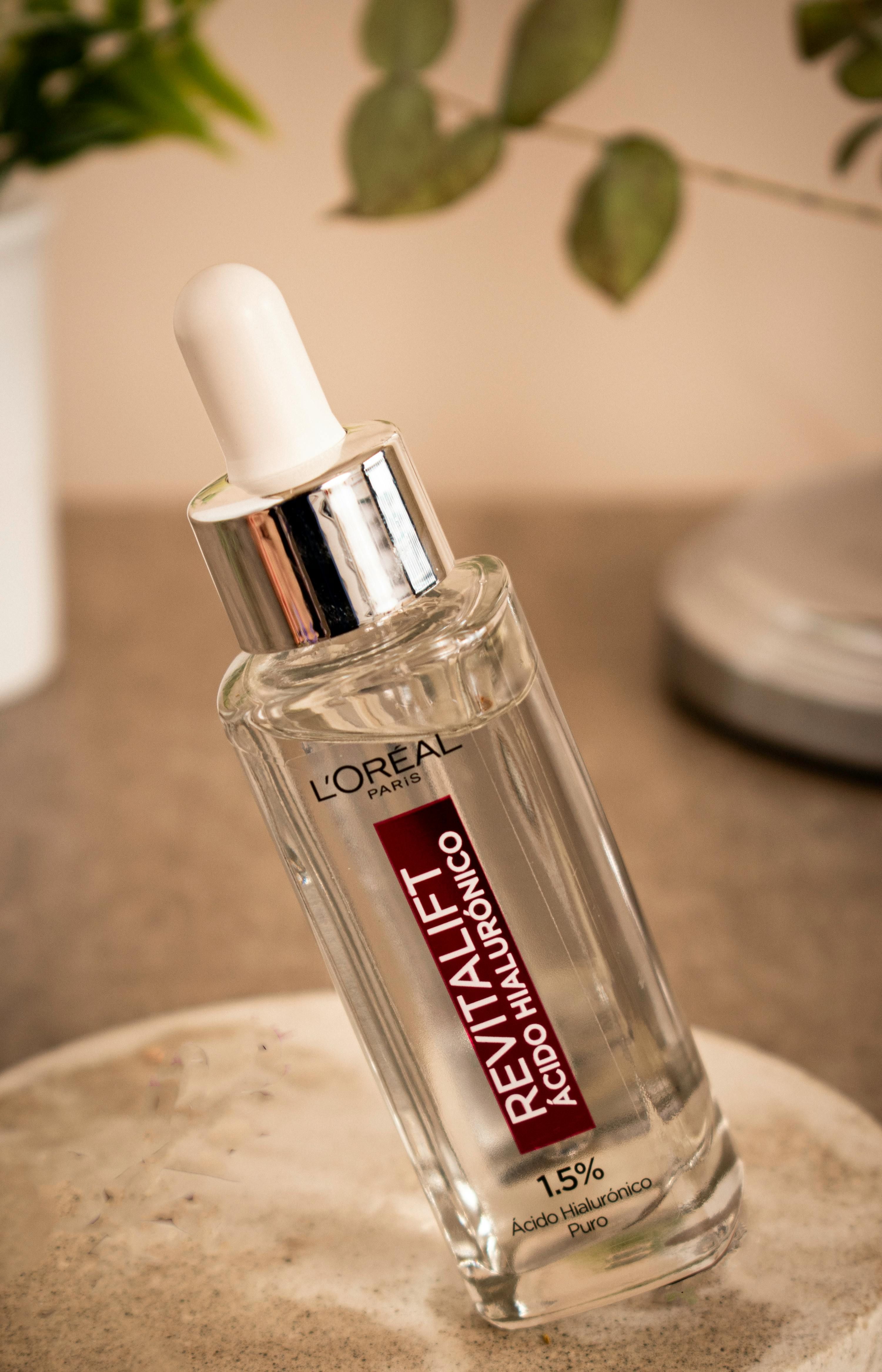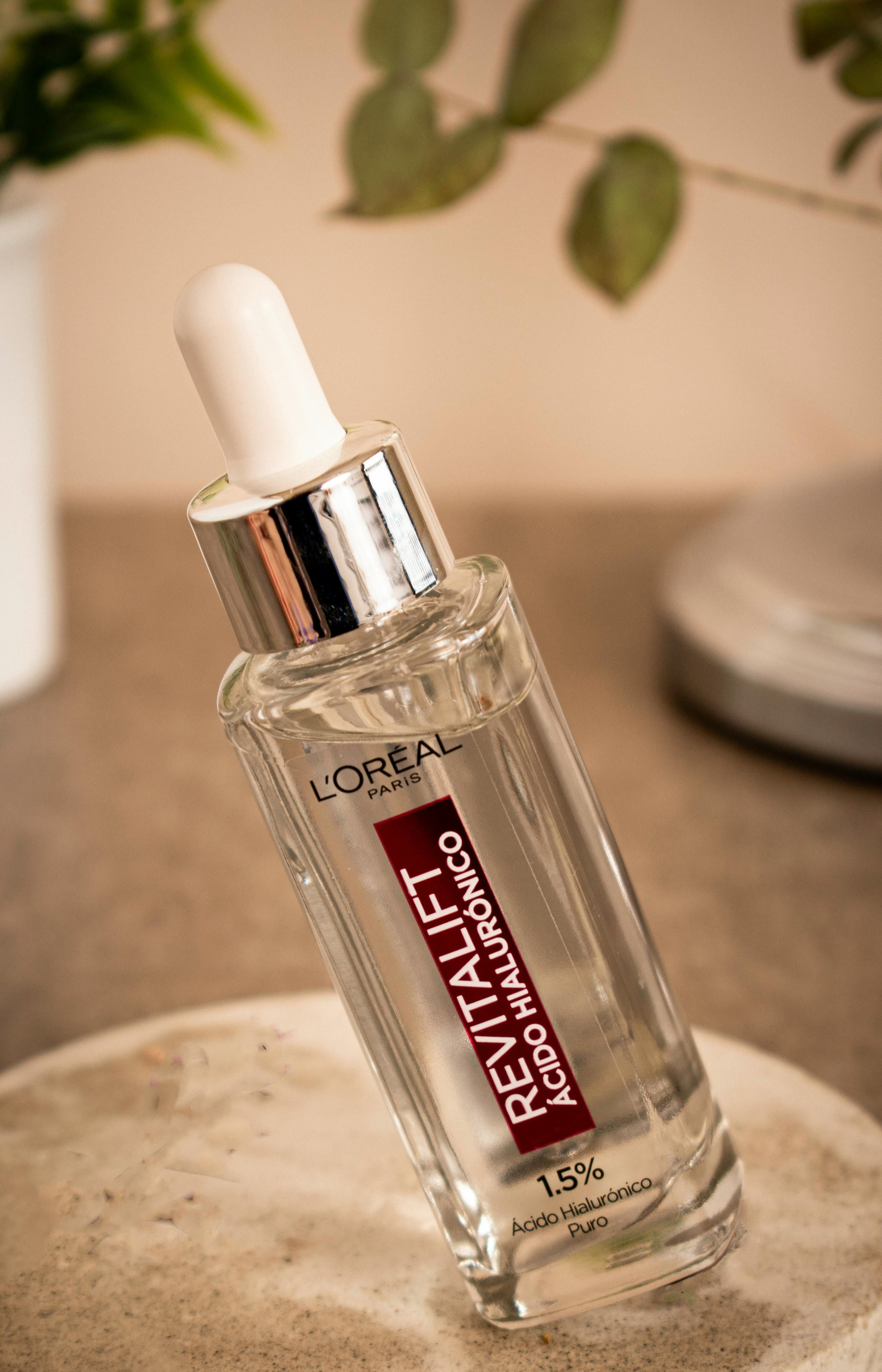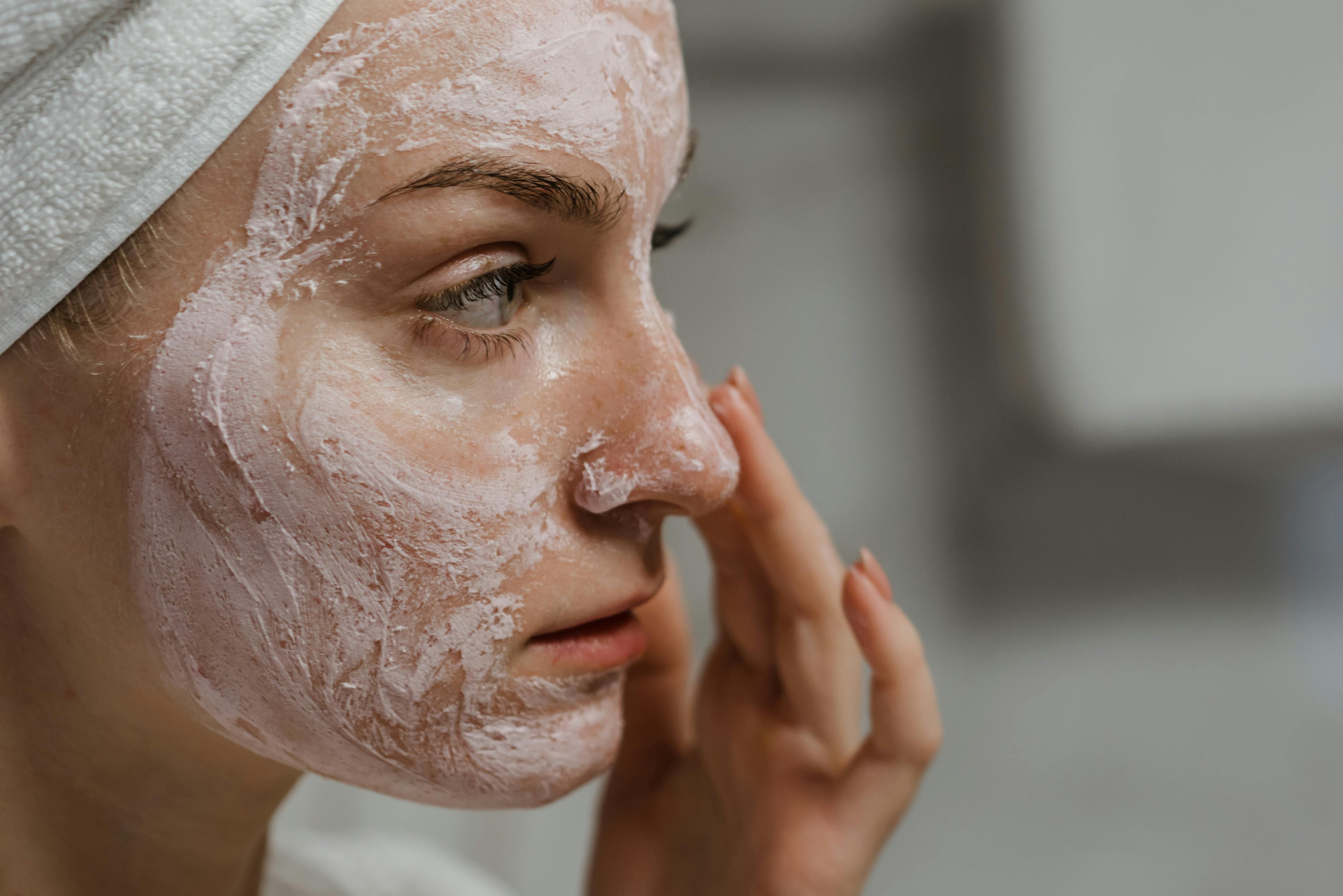Exploring Tranexamic Acid for Skincare
Skin Care Guide: Basics of Tranexamic Acid Use
Venture into the world of tranexamic acid for skincare and you might soon discover its potential for fading dark spots, melasma, and hyperpigmentation. This synthetic derivative of the amino acid lysine is making waves in the skincare community, so let's delve deeper and uncover its benefits, side effects, and the top products to try.
What is Tranexamic Acid?

Tranexamic acid has a long history as a medication prescribed for heavy bleeding and post-op care. However, recent research has shown its ability to prevent the growth of new blood vessels and hinder the formation of melanin - the skin's pigment. This property led to its emergence as a skincare sensation for treating melasma and other forms of hyperpigmentation.
The Brilliant Benefits of Tranexamic Acid for Skincare

Tranexamic acid won't just stop the bleeding - it's all about that glow-up! Here are three key benefits you can expect:
- Fading Sunspots: A small 2014 study[1] discovered that tranexamic acid was just as effective as hydroquinone, a traditional sunspot treatment, but with far fewer side effects. A 2017 study[2] reached a similar conclusion. This discovery has skincare enthusiasts hailing tranexamic acid as the new BFF for fading these undesirable spots.
- Melasma and Hyperpigmentation Treatment: Studies[3] have shown that tranexamic acid can combat melasma in two ways: shrinking and lightening dark patches. While the best dose and product still need to be determined, the studies are promising.
- Soothes Swelling: Tranexamic acid has been effective in soothing swelling associated with certain skin conditions like angioedema[4], a disease characterized by swelling around the eyes, lips, hands, and feet.

Tranexamic Acid Side Effects and Risks
While topical tranexamic acid is generally considered safe, it's essential to be aware of the potential risks and side effects:

- Allergic Reaction: Always perform a patch test before applying a new product to your face. Be on the lookout for symptoms such as dry, cracked skin, itchy or burning rash, and redness.
- Side Effects from Oral Tranexamic Acid: These can include abdominal pain, bloating, nausea and vomiting, itchy or numb face, tinnitus, temporary memory loss, tremors, painful periods, hair shedding, excessive hair growth on the face, swelling around the eyes or lips, and heart palpitations. People with a history of blood clotting disorders or health issues, pregnant women, and those with severe renal insufficiency should consult their doctor before taking tranexamic acid.
Using Tranexamic Acid in Skincare

If your doctor prescribes tranexamic acid pills, take them as directed. When used topically, tranexamic acid is often found in serums, but also in topical dark spot correctors or treatments. Typically, it's gentle enough to incorporate into your daily skincare routine. Many manufacturers enhance it with skin-loving ingredients, making it possible to layer it with your regular creams, toners, and more.
8 Recommended Tranexamic Acid Skincare Products

Want to give tranexamic acid a try? Here's a list of the best tranexamic acid-infused products, chosen for their combinations of effective ingredients, brand quality, and positive customer reviews:
- SkinCeuticals Discoloration Defense
- Good Molecules Discoloration Correction Serum (Budget Option)
- Clé de Peau Beauté Concentrated Brightening Serum (Splurge Option)
- Murad Multi-Acid Peel
- Topicals Faded Brightening & Clearing Gel
- Inky List Tranexamic Acid Hyperpigmentation Treatment (Beginner's Option)
- Peter Thomas Roth PRO Strength Niacinamide Discoloration Treatment
- La Roche-Posay Glycolic B5 10% Pure Glycolic Acid Serum

So, are you ready to jump on the tranexamic acid train and explore its potential for improving your skin? Start by choosing one of the recommended products, incorporate it into your skincare routine, and watch your complexion transform!
References:[1] - JD Punjabi, et al. (2014). A Comparative Study of topical Tranexamic Acid and Hydroquinone in melasma and dyschromia. https://www.ncbi.nlm.nih.gov/pmc/articles/PMC4116376/

[2] - D Khokhar, et al. (2014). A multicenter, single blind, randomized evaluator-blinded study to compare the efficacy and tolerability of 5% tranexamic acid and 4% hydroquinone in the treatment of post-inflammatory hyperpigmentation: A Multicentric Comparative Study over a period of 12 weeks. https://www.ncbi.nlm.nih.gov/pmc/articles/PMC5075976/
[3] - Akash Bothra, et al. (2020). Topical tranexamic acid and melasma: A Clinical Review. https://www.ncbi.nlm.nih.gov/pmc/articles/PMC7527880/
[4] - G Behi, et al. (2014). Multicenter experience with prophylactic oral tranexamic acid for the prevention of Acute Angioedema. https://www.ncbi.nlm.nih.gov/pmc/articles/PMC4312158/
- Skincare enthusiasts are excited about Skinceuticals' Discoloration Defense serum, as it leverages the power of tranexamic acid to help with fading sunspots and hyperpigmentation.
- The Good Molecules Discoloration Correction Serum, a budget-friendly option, also contains tranexamic acid for addressing dark spots and melasma.
- Using tranexamic acid for skincare comes with certain risks and side effects, such as allergic reactions, which can cause dry skin, itchiness, or burning, and it's important to be aware of these potential issues when choosing products.








